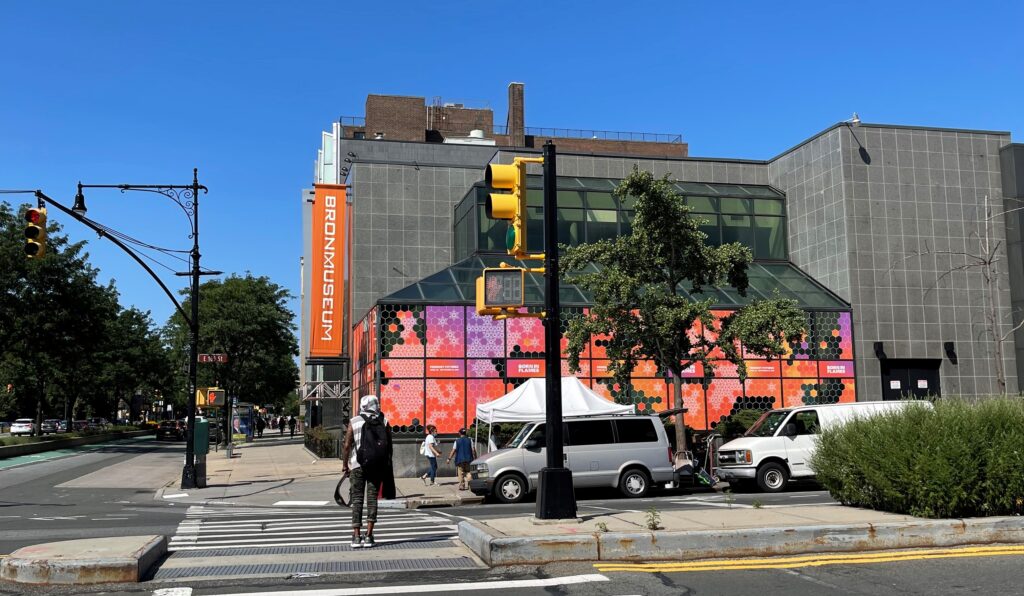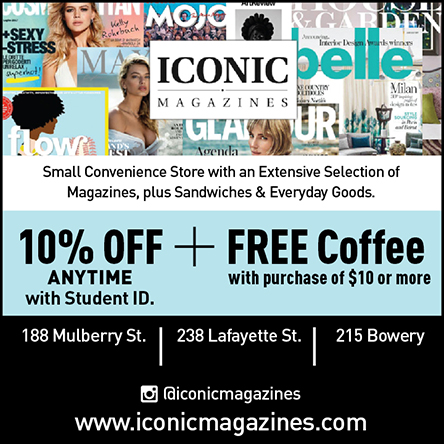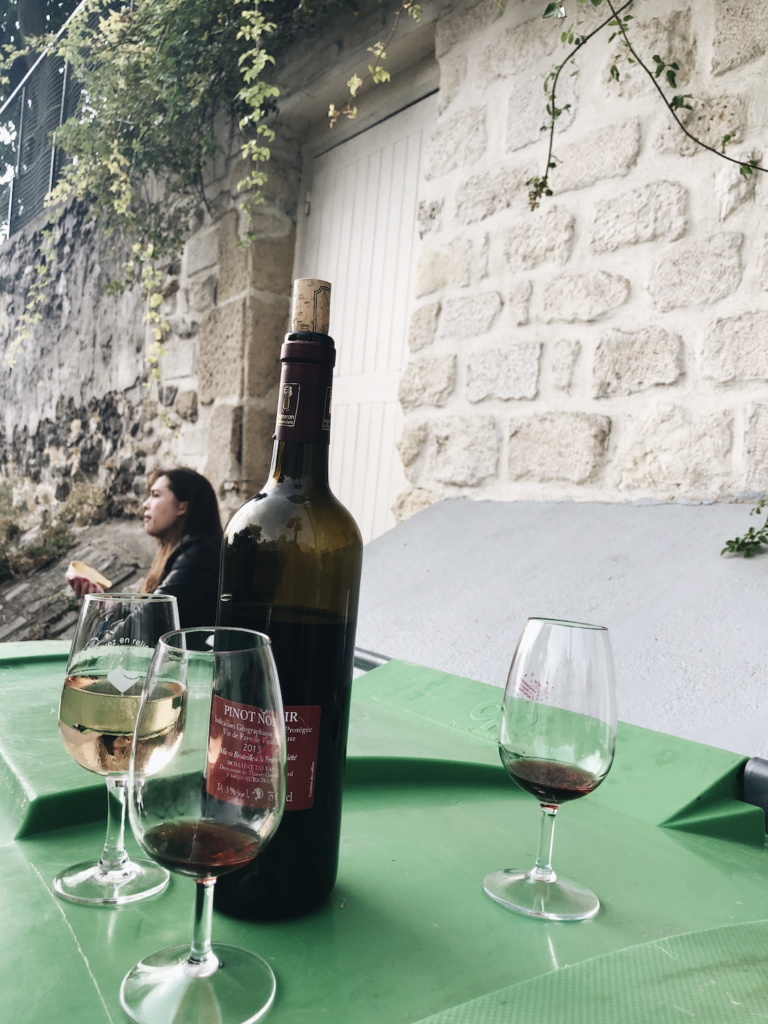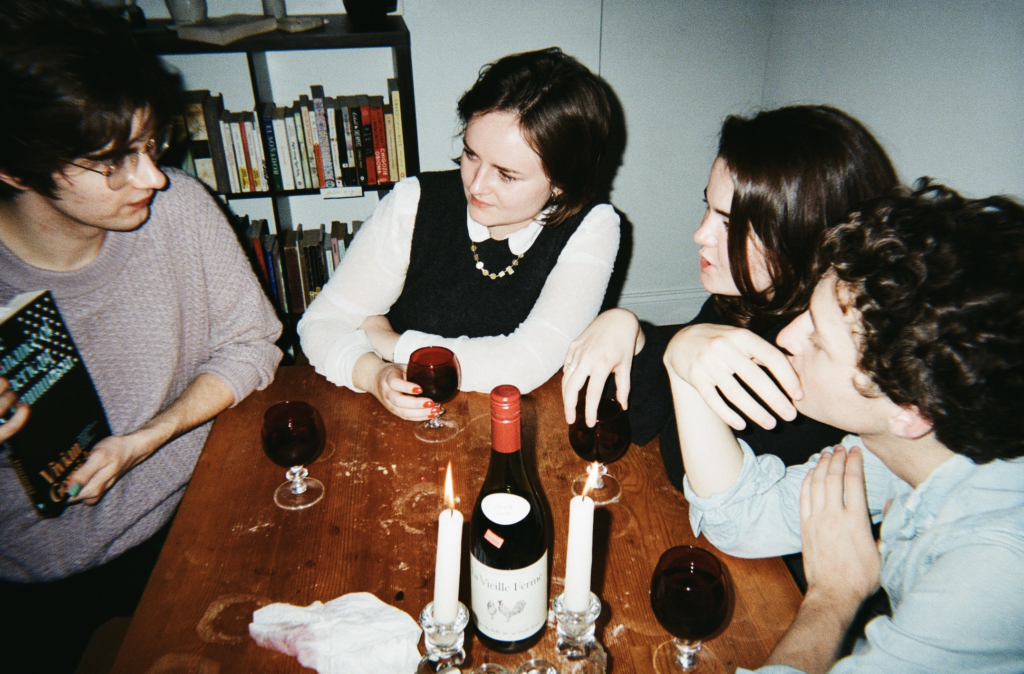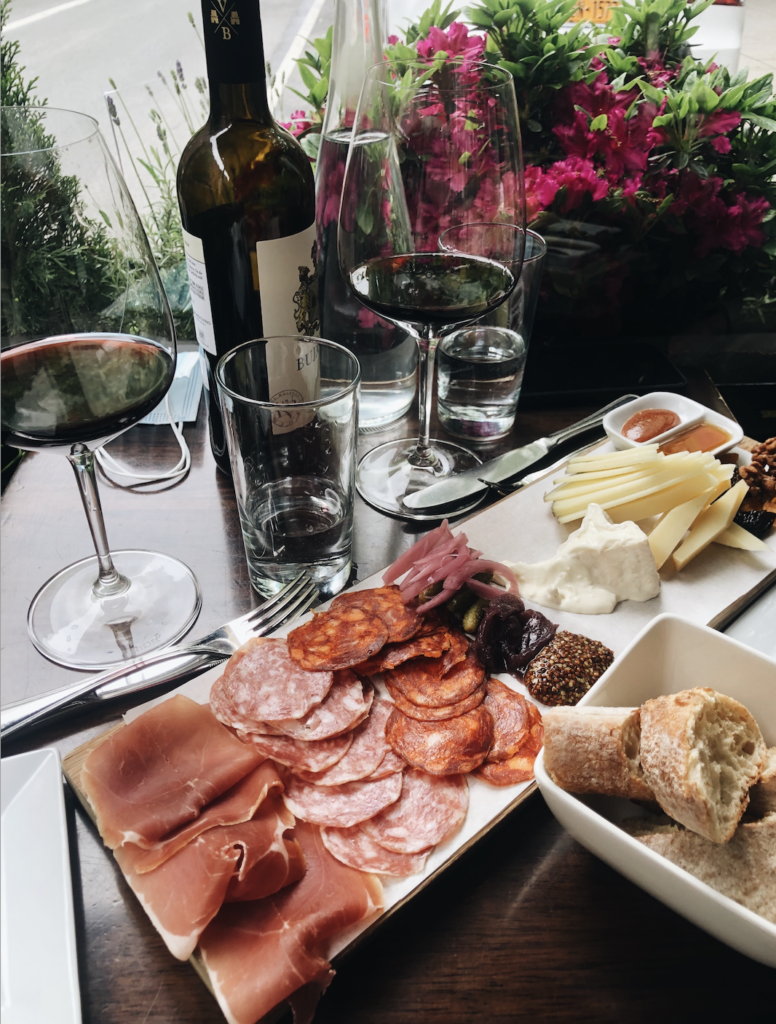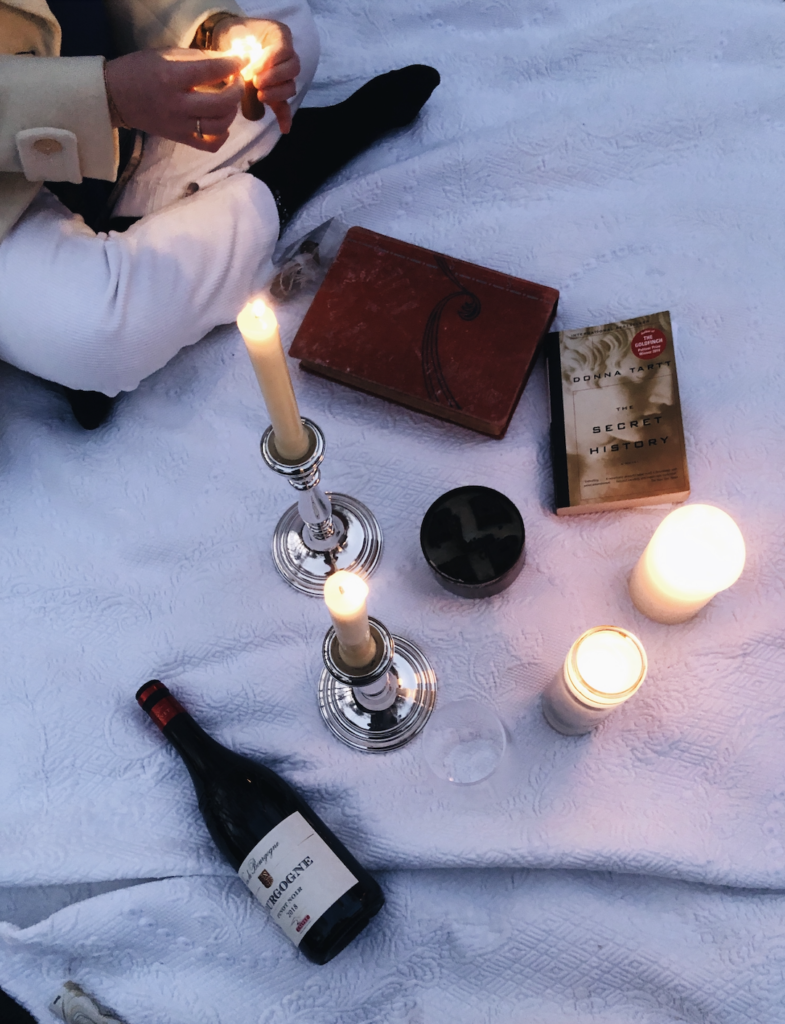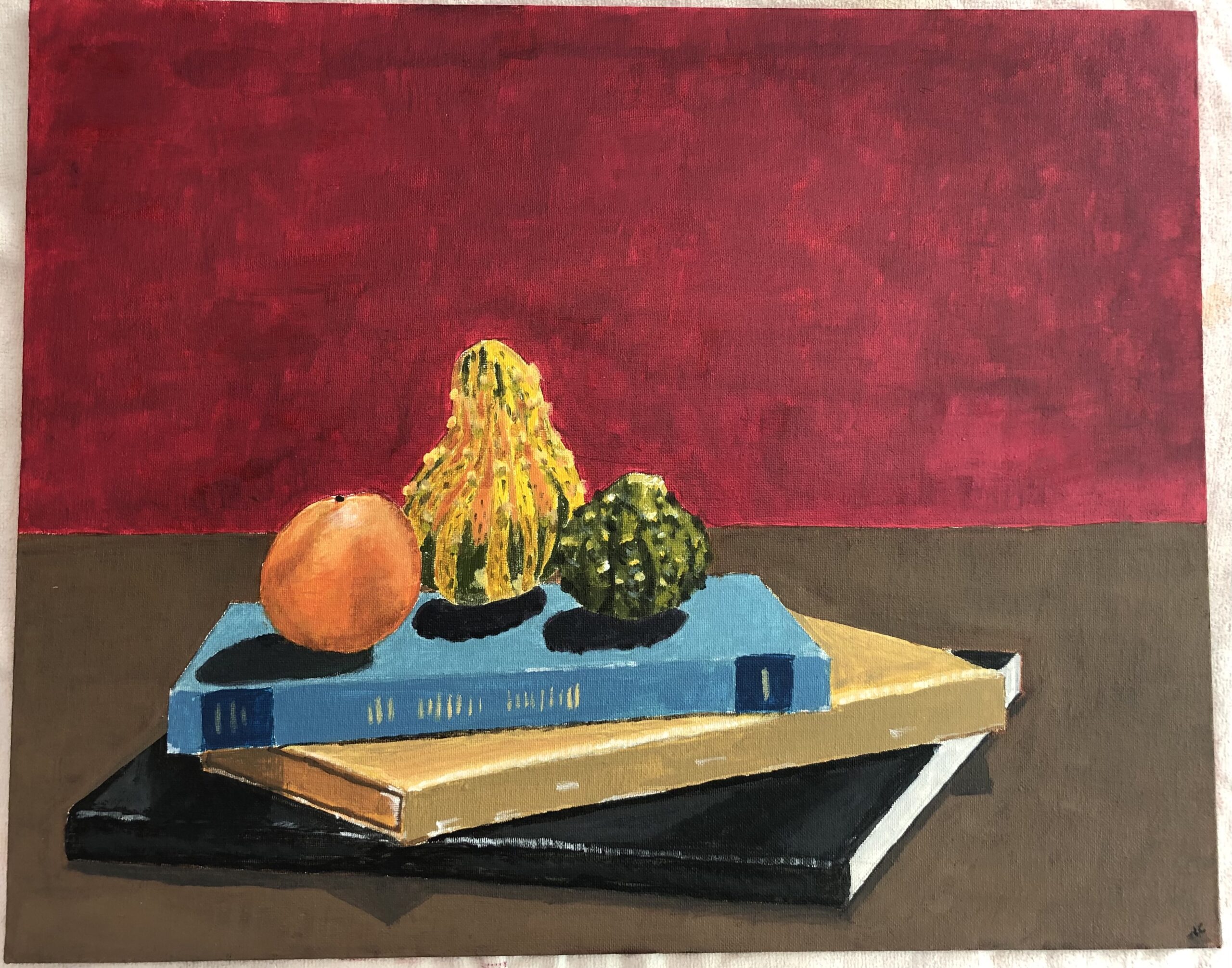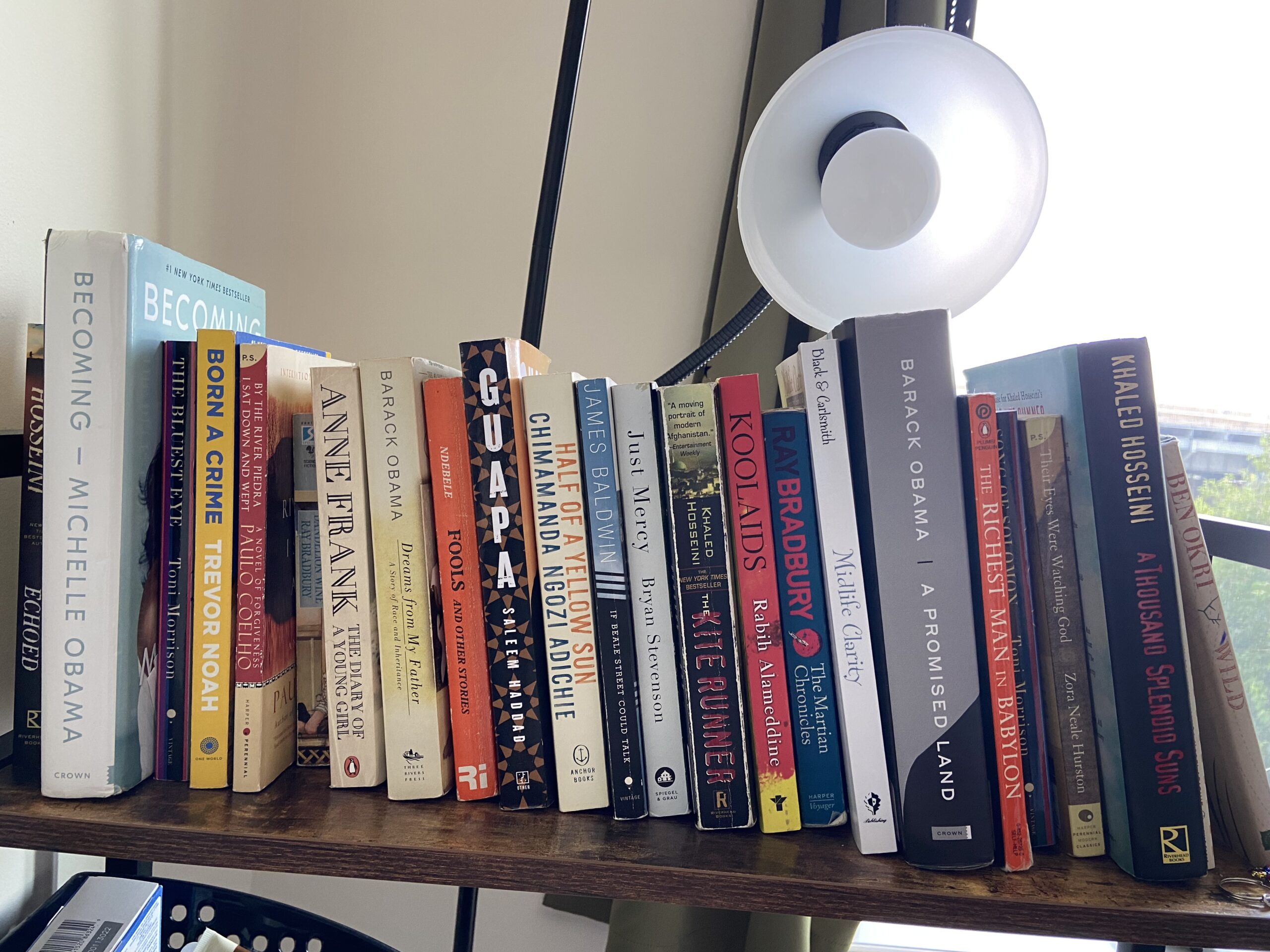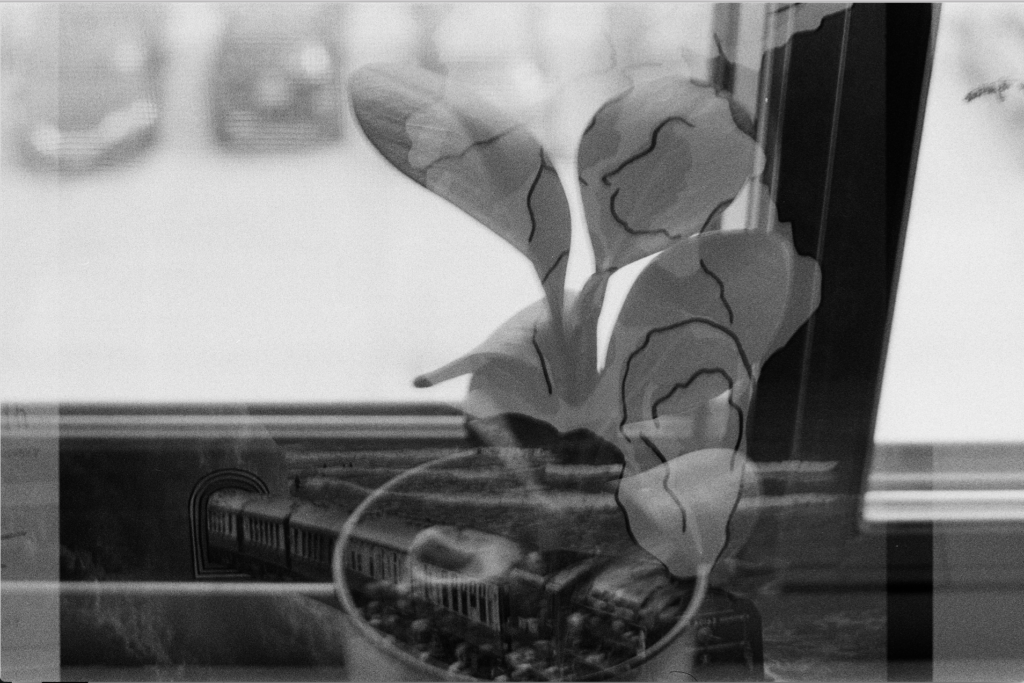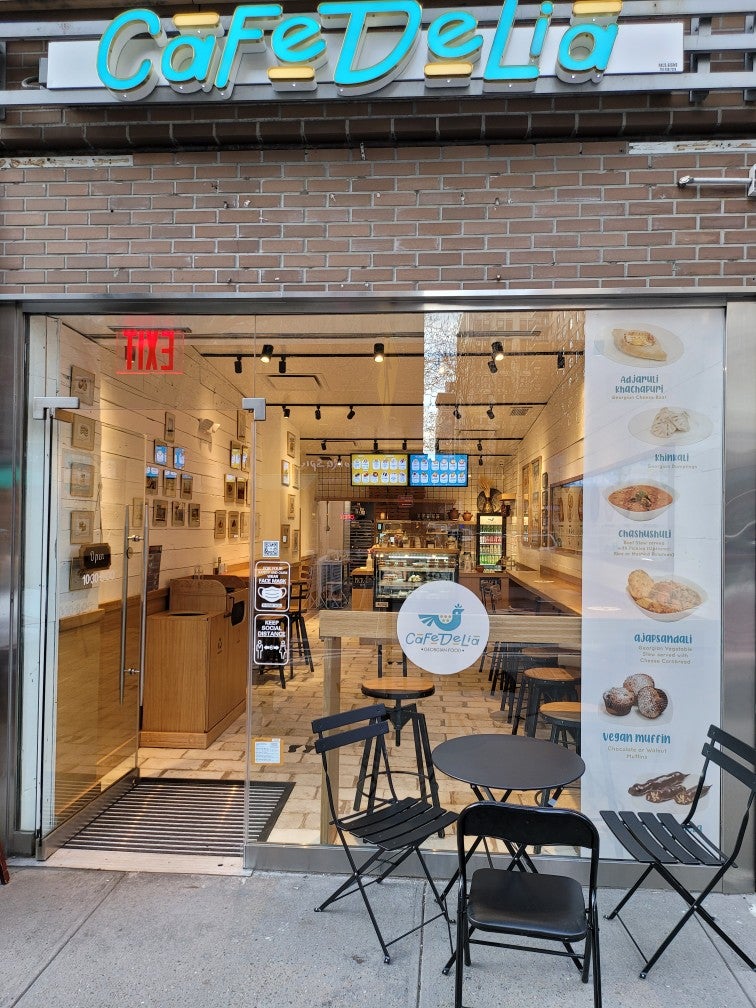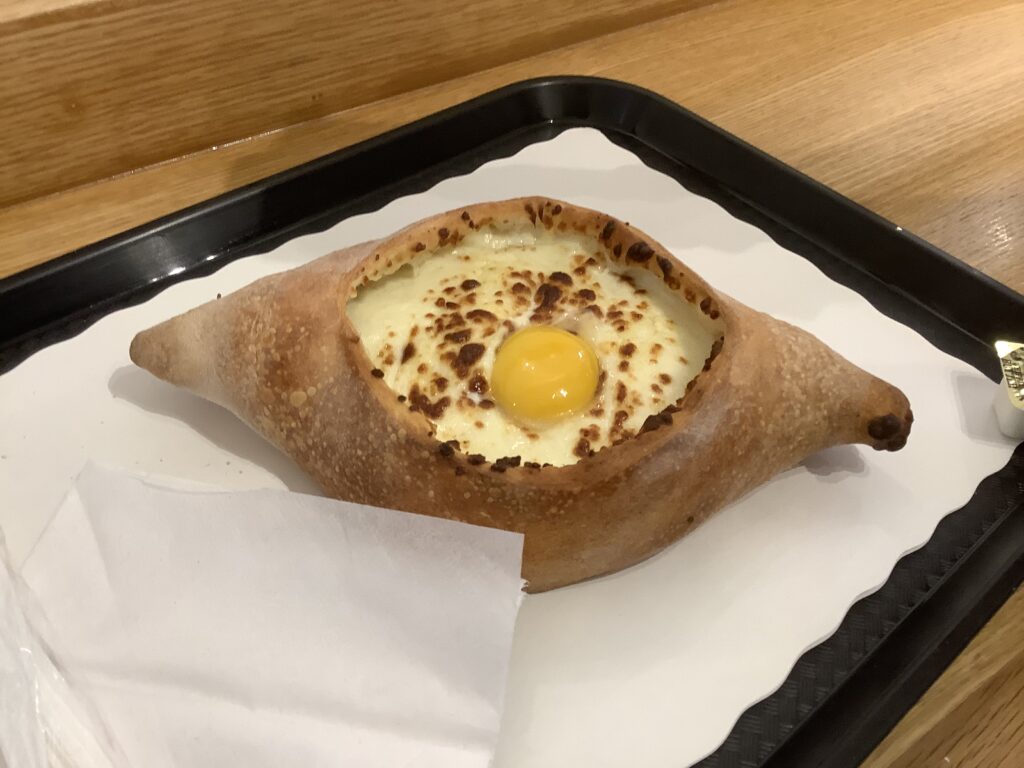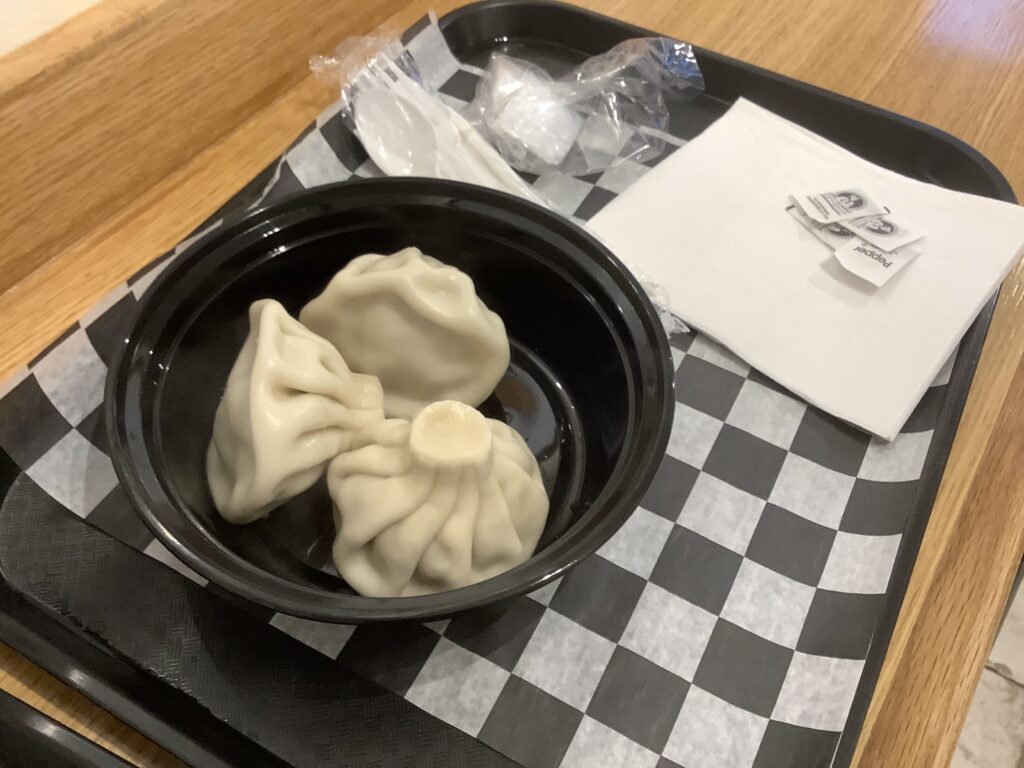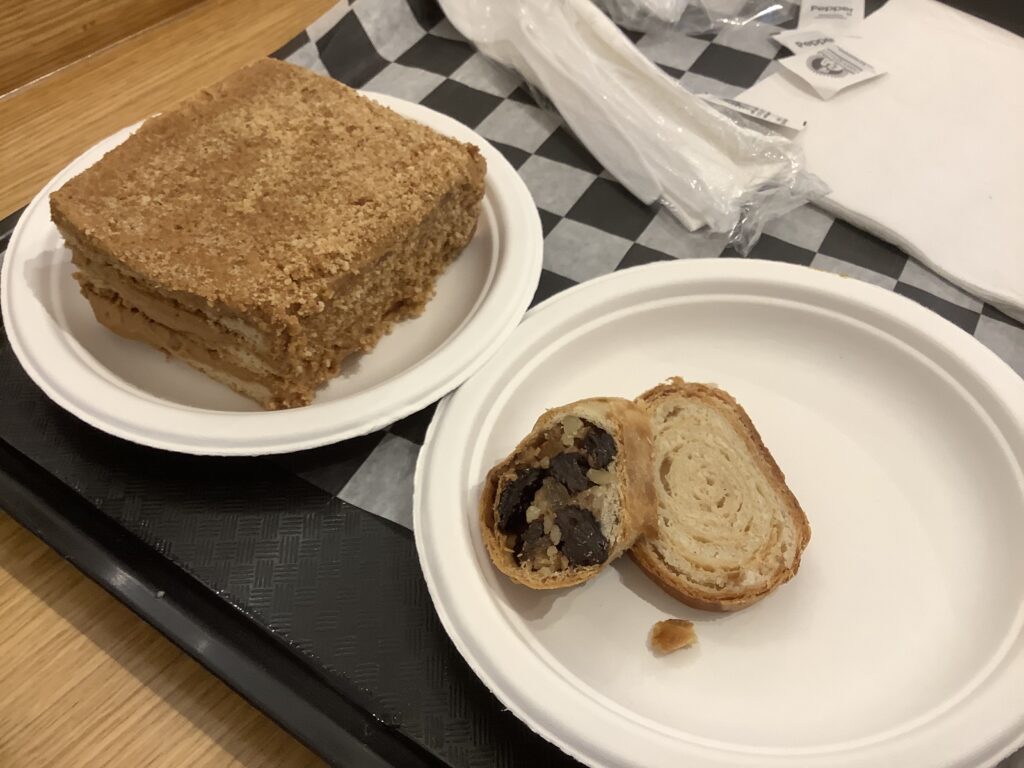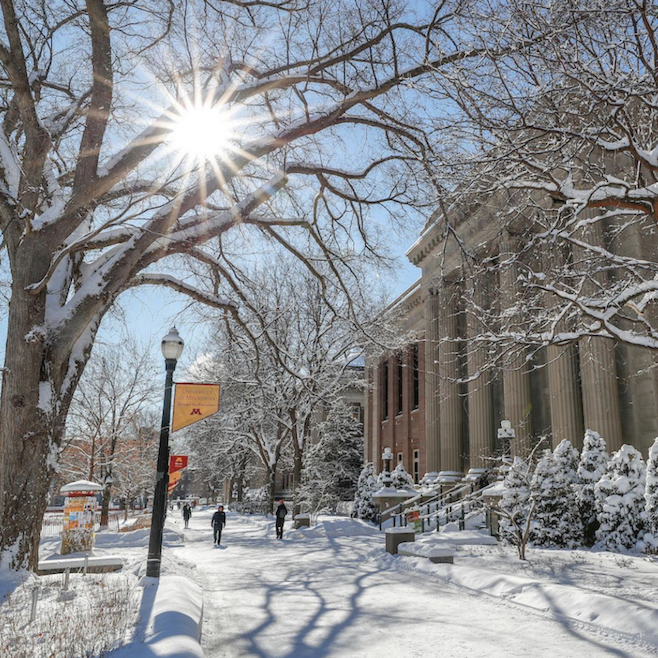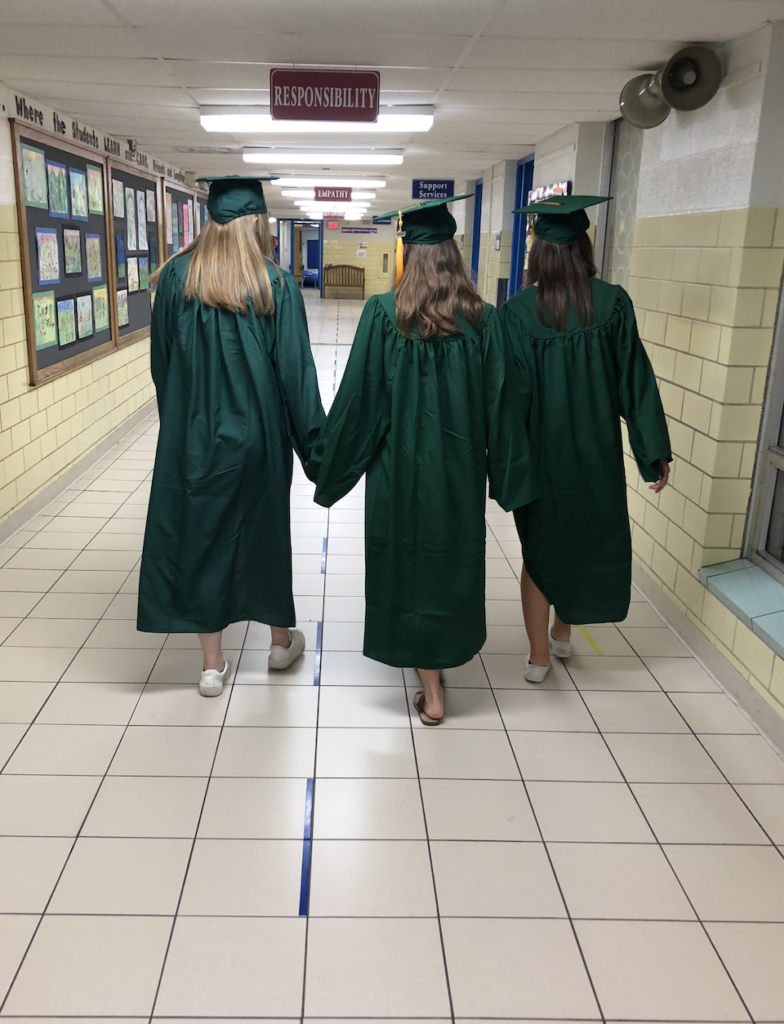In the time between accepting my offer to attend Boston University and actually moving there from New Jersey in September of 2017, I underwent a spectrum of emotions. There were certainly times when I was ecstatic to be starting my undergraduate studies at BU. For instance, I had an overall positive experience during my freshman orientation at the end of June. On top of that, my family was proud of me and other people outside of my familial circle were excited about this change on my behalf. While I eagerly looked forward to September, I didn’t necessarily feel their level of enthusiasm.
At random times, like when I went shopping with my mom and aunt to pick out some stuff for my dorm room, I felt nervous about going to Boston. Gradually, these feelings of anxiety continued to grow and linger, even as my family packed all my things in the car and drove to Massachusetts, so that I could officially start my first semester.
When it came time for my family to return to New Jersey, I remember crying and having difficulty saying goodbye. I clearly recall the overwhelming sensation of loneliness after seeing them leave as I stood alone, surrounded by the unfamiliar urban landscape that would be my new home for the next few years. This loneliness didn’t suddenly evaporate after a few days. Although I enjoyed my classes during my first week at BU, I couldn’t shake away my homesickness. I knew that moving from my small hometown to Boston wouldn’t be easy, but I didn’t expect it to be so challenging to adapt to my new environment and independence. I felt like I was the only one that was struggling, which made me feel even worse. Everyone around me seemed to form new connections effortlessly and seamlessly integrate themselves into their new setting. This eventually led to me thinking: If I am missing home this much, maybe choosing Boston was a mistake. Maybe I wasn’t as ready for change as I thought I was.
In coping with my homesickness and doubt, I was honest with my family about how I was feeling, which was the best thing I could have done. I knew that if I had acted as though everything was alright, I would have been detrimentally bottling up my negative emotions. I was fortunate in that my family not only sympathized with me, but encouraged me to give BU a try. They instilled me with confidence during this period of my life when my self-esteem wasn’t too high. They urged me to not give up on Boston so readily because I might end up liking the city. Deep down, I also knew that if I ended up giving up, I would probably regret the decision and be left thinking “what if?” for a very long time.
In my endeavor to give Boston a try, I decided not to rely on family so much. During my first (and also subsequent weeks), I called my family nearly every day. Although keeping in touch with friends and relatives from back home was important, I realized that this constant communication was preventing me from getting to know my new environment. Therefore, I tried limiting myself to texting and making a few phone calls a week.
I also attempted to stop myself from being cooped up in my dorm room constantly. Being confined within that comfortable space heightened my feelings of loneliness and homesickness. So, I started taking walks, even if they were to nearby places, like to Brookline Booksmith (one of my favorite bookstores) or a coffee shop. Just going somewhere outside of my room helped immensely, whether it was doing homework in the lounge of my dorm, BU’s library or a coffee shop. These small steps made me start to feel more part of the community instead of a spectator. And this was only the beginning of my adjustment to life in a city after living my whole life in a small town, where my high school graduating class was smaller than some of my lectures at BU.
Everyone’s experience with starting college is different. Some people face more homesickness than others and homesickness can be handled in various ways. Here are some websites that offer more tips on how to deal with feeling homesick: https://www.usnews.com/education/best-colleges/articles/how-to-handle-homesickness-in-college , https://www.hercampus.com/life/how-deal-homesickness-freshman-year/
By: Monica Manzo
Monica Manzo recently completed her undergraduate studies at Boston University where she majored in English and minored in History. Currently, she is planning on applying for some masters programs in publishing. In her free time, she can be found either reading or adding to her pile of unread books.
For over 20 years, the Campus Clipper has been offering awesome student discounts in NYC, from the East Side to Greenwich Village. Along with inspiration, the company offers students a special coupon booklet and the Official Student Guide, which encourages them to discover new places in the city and save money on food, clothing, and services. At the Campus Clipper, not only do we help our interns learn new skills, make money, and create wonderful e-books, we give them a platform to teach others. Check our website for more student savings and watch our YouTube video showing off some of New York City’s finest students during the Welcome Week of 2015.


